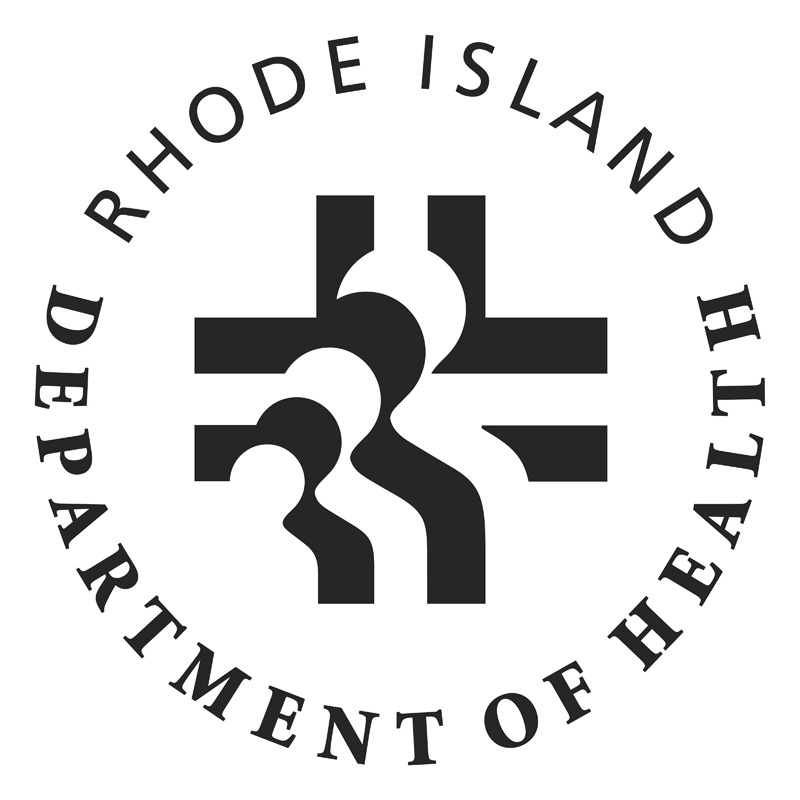 Rhode Island Department of Health
Rhode Island Department of HealthState of Rhode Island
Department of Health
 Rhode Island Department of Health
Rhode Island Department of HealthState of Rhode Island
Department of Health
Measles is also known as rubeola and is a highly contagious respiratory disease caused by a virus. Measles spreads easily to others when an infected person coughs or sneezes or through close personal contact. The best protection against the measles is vaccination. It is so contagious that if one person has it, up to 9 out of 10 people around them will also become infected if they are not protected.
As of March 14, 2024, a total of 58 measles cases were reported in the following US states: Arizona, California, Florida, Georgia, Illinois, Indiana, Louisiana, Maryland, Michigan, Minnesota, Missouri, New Jersey, New York, Ohio, Pennsylvania, Virginia, and Washington. Please see CDC’s website for the latest information on measles cases and outbreaks. In a given year, more measles cases can occur due to an increase in the number of travelers who get measles abroad and bring it into the U.S., and/or further spread of measles in U.S. communities with pockets of unvaccinated people. Measles is still common in many countries throughout the world, and unvaccinated travelers can bring the disease with them when they travel to the U.S. Measles can spread easily throughout a community wherever groups of people are unvaccinated.
Public health officials closely monitor measles outbreaks and provide updated guidance as needed. (Rhode Island | U.S.)
Measles can be a serious illness in all age groups. However, children younger than 5 years of age and adults older than 20 years of age are more likely to suffer from measles complications.
Measles symptoms appear 7 to 14 days after exposure to the virus. Symptoms typically include:
The first sign of measles is usually fever, along with the "Three C's" (cough, coryza, or conjunctivitis) and sometimes Koplik spots.
Three to five days after symptoms begin, a rash may break out. It usually begins as flat red spots that appear on the face at the hairline and spread downward and outward. Small raised bumps may also appear on top of the flat red spots. The spots may become joined together as they spread from the head to the rest of the body. When the rash appears, a person’s fever may spike to more than 104° Fahrenheit.
After a few days, the fever subsides and the rash fades.
The measles virus lives in the nose and throat mucus of an infected person. It can spread to others through coughing and sneezing. Measles is one of the most contagious diseases: for every one person who has measles, he or she infects about 9 out of 10 people around him or her who have not been vaccinated and are not protected against measles.
The measles virus can live for up to two hours in a room where an infected person coughed or sneezed. For this reason, if other people enter the same space and breathe in the contaminated air or touch infected surfaces, they can also get infected with measles.
Infected people can spread measles to others from four days before to four days after the rash appears.
RIDOH follows CDC guidance on isolation and exclusion requirements in educational, daycare, or healthcare settings to prevent the spread of disease in the event of a case of measles.
Vaccination is the best prevention against the measles. The vaccine that protects against the measles is called MMR (measles, mumps, and rubella vaccine).
Children should receive a first dose of MMR between 12 and 15 months of age, and a second dose between 4 and 6 years of age. However, adults who have not been vaccinated against the measles, those who have only received one dose of MMR, or those who are not sure of their immune status can still be vaccinated.
Children & Students: Two doses of MMR are required for entry into kindergarten and all subsequent grades. Two doses of MMR are also required for entry into colleges and universities in Rhode Island.
Healthcare workers: For new healthcare workers, two doses of MMR are required for pre-employment. For current healthcare workers, two doses of MMR are recommended. (Those without two doses of MMR or who were born before 1957 will also be required to be fully vaccinated during outbreaks.)
Adults: Adults should contact their healthcare providers to find out whether they were vaccinated against the measles. Adults who were not vaccinated against the measles and who do not have evidence of immunity against the disease should get at least one dose of MMR.
Travelers: People 6 months of age and older who will be traveling internationally should be protected against measles. Vaccinations should occur prior to any international travel.
A healthcare provider may offer a preliminary diagnosis of measles for patients with fever, rash, and other measles symptoms. A laboratory will confirm if the rash is caused by measles by testing nose or throat swabs, blood, and/or urine samples.
There is no specific antiviral therapy for measles. Medical care is supportive and to help relieve symptoms and address complications such as bacterial infections.